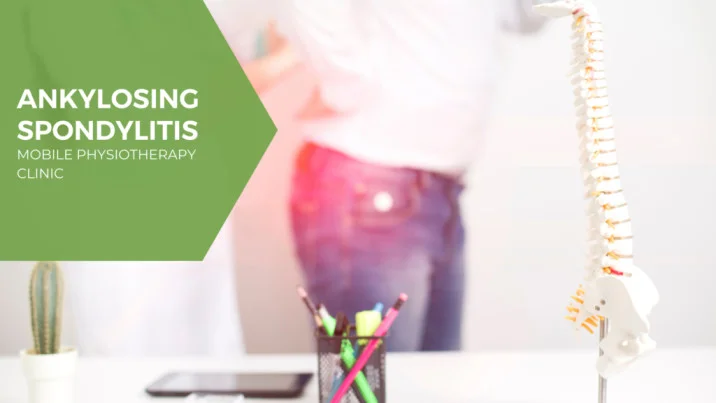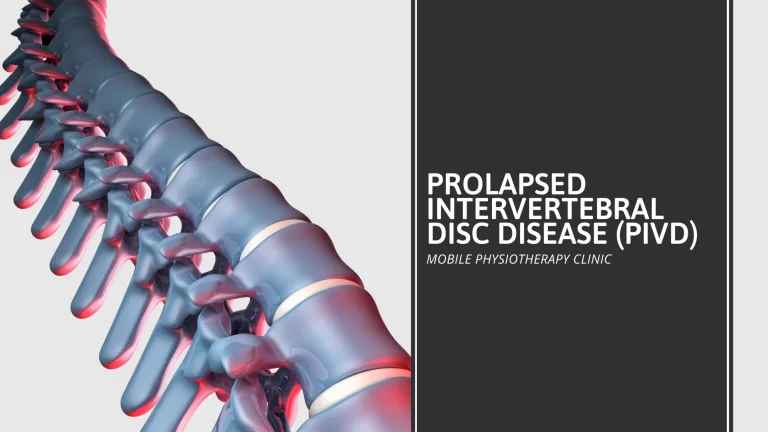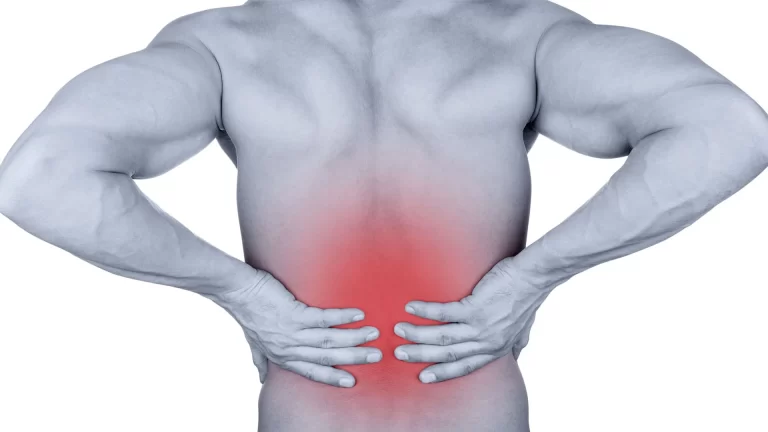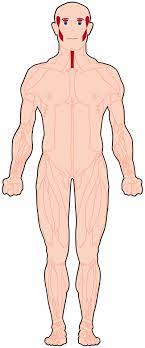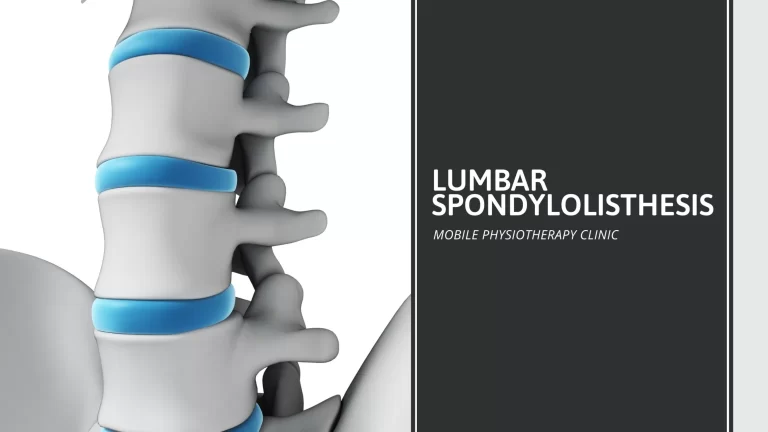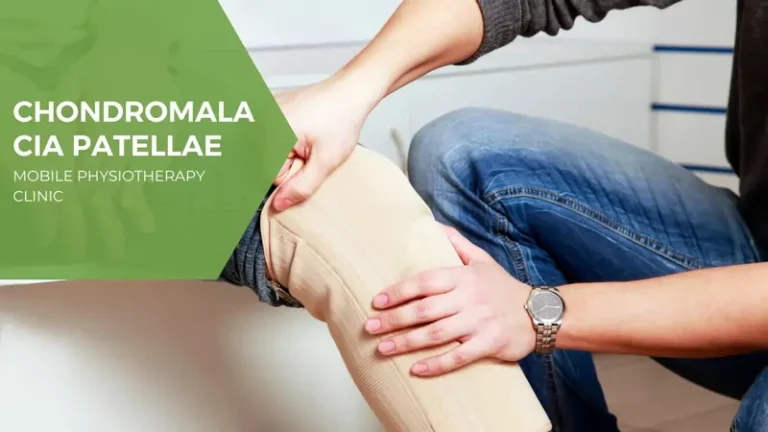ACL Injury: Grade, Symptoms, Diagnosis, Treatment
An ACL injury or tear is damage to the anterior cruciate ligament (ACL), located at the center of your knee. The tear may be partial (the ligament is torn a little) or total (the ligament is torn into two pieces). It will hurt if you tear your ACL. Your knee may “give out” (collapse or…


